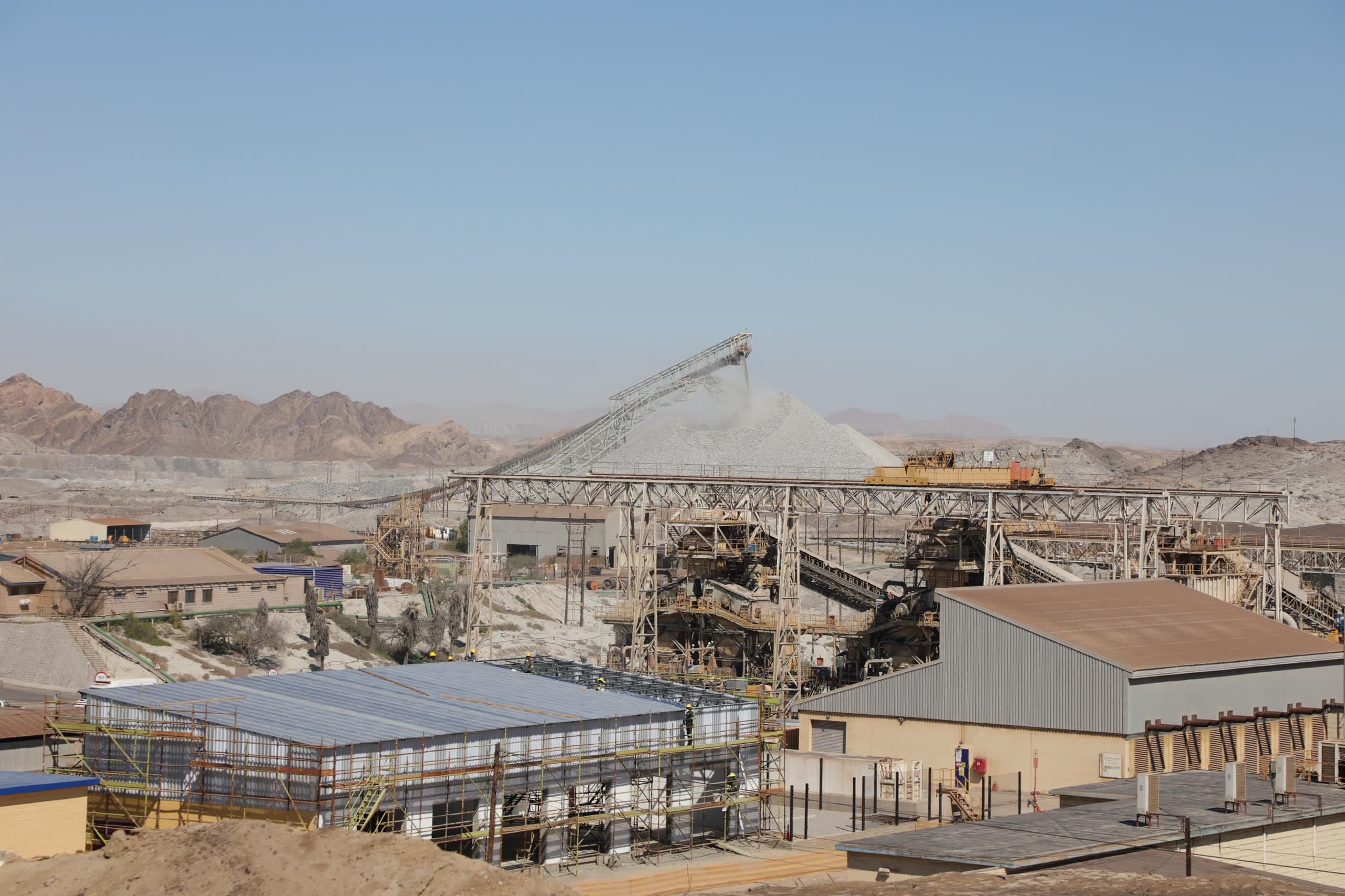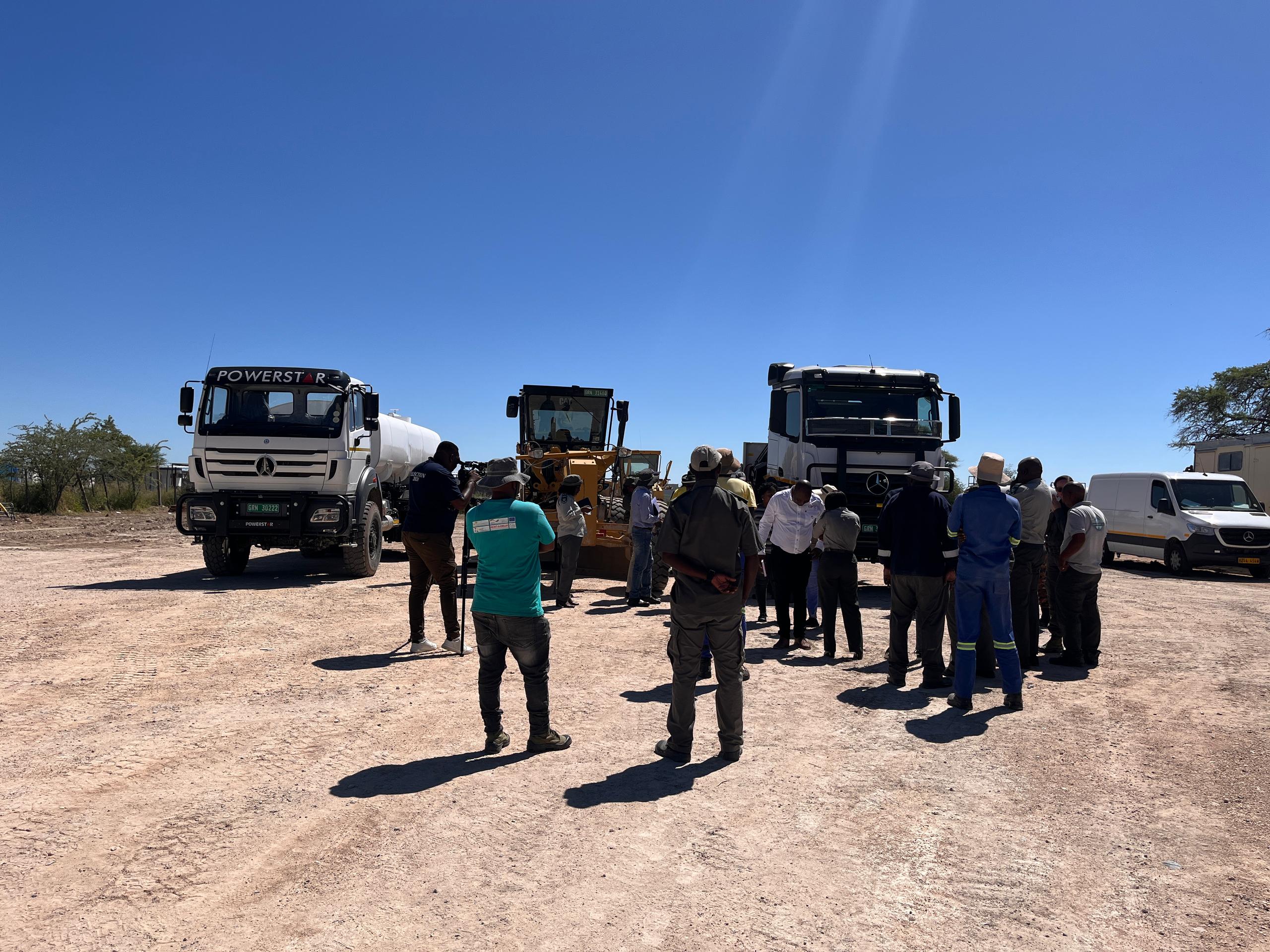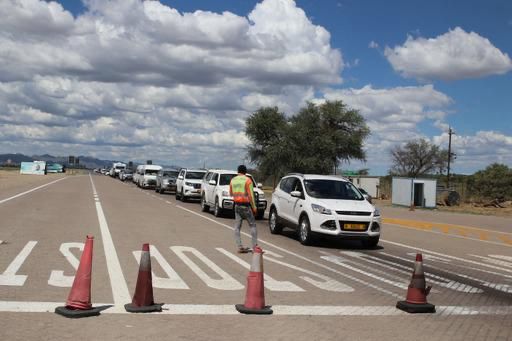In September 2024, in a land tenure class at the Namibian University of Science and Technology (Nust), I asked 100 students to raise their hands if they wanted Namibia’s redline to remain.
My question was met with ‘loud muteness’ for some minutes before one hand shot up above the sea of students’ heads in front of me.
Everywhere else I have performed this social experiment, the overwhelming majority indicated they wanted the redline removed.
Namibia has one of the world’s oldest (since 1896) and longest (up to 1 250 kilometres) redlines.
Redlines are typically used in geopolitics to issue threats and instigate conflicts. Redlines have political and diplomatic aspects.
It is generally a measure to prevent an event or occurrence deemed dangerous or unacceptable.
ECONOMIC UNDERTONES
Operationalising such a measure involves an interaction between at least two agents. In Namibia, the situation is a case of the state and the people. However, unlike most other redlines we read and hear about in the media, the redline in Namibia has an economic undertone.
The redline (a veterinary cordon fence) in Namibia is a pest-exclusion fence separating northern Namibia from the central and southern regions. It is a principle of governance under which Namibia was founded from colonial times.
It is the reality behind Namibia’s unique status as an exporter of meat to the European Union.
So, it is suitable for businesses (for meat exporters and the country’s export of meat products) but not for the people.
It does not promote integration within the country’s socioeconomic spheres. This is why I am joining voices of those who want it dismantled.
MY PERSPECTIVE
My view is specifically from the perspective of land use and land rights. Namibia’s Constitution guarantees all people the right to acquire, own and dispose of all forms of property in any part of Namibia.
The redline infringes on the rights of Namibians to freely move their agricultural products from the north to central and southern regions. It is a barrier to exercising citizens’ economic rights in the context of land and agricultural rights.
Removing such a barrier constitutes protection of the economic rights of
many Namibians. It perpetuates exclusiveness. It restricts access to lucrative markets for
Namibian farmers who only access land through the communal system. One would expect a country that went through land dispossession and apartheid to do away with such a legacy.
My view is that proponents of the redline have only presented one “reasonable” argument – that removing the redline poses considerable economic risk for the country.
However, I have questions for those who argue that the redline must not be deleted because it was drawn to protect Namibia’s livestock industry.
Was it done with the consent of the free Namibian citizens it affects today? Must the redline remain should most citizens no longer want it?
If anyone can obtain a verifiable “yes” to any of these questions, let the line be coloured redder.
The only reasonable response to these questions is “no”.
WHAT THE QUESTION SHOULD BE
As the debate rages on the street, in the courtroom and among street-side judges, we should seek responses to the right questions: “What does the majority want?”, not “what is good for the majority?”
Any serious discussion on what is good for the people is an insult to the people. The political and legal question should be: “What do most people want?”
The current generation wants all colonial tools of governance that dishonour Namibians to be removed.
If the government has doubts about what the people want, it should put the matter to a general vote (referendum) to shape its direction on the issue. From what I have observed, I must emphasise that the redline should be deleted.
– Uchendu Eugene Chigbu is a professor of land administration at Nust. He is the Coordinator of the Network of Excellence on Land Governance in Africa (Nelga). Views expressed in this article are entirely his own and not those of Nust and Nelga.
Stay informed with The Namibian – your source for credible journalism. Get in-depth reporting and opinions for
only N$85 a month. Invest in journalism, invest in democracy –
Subscribe Now!










